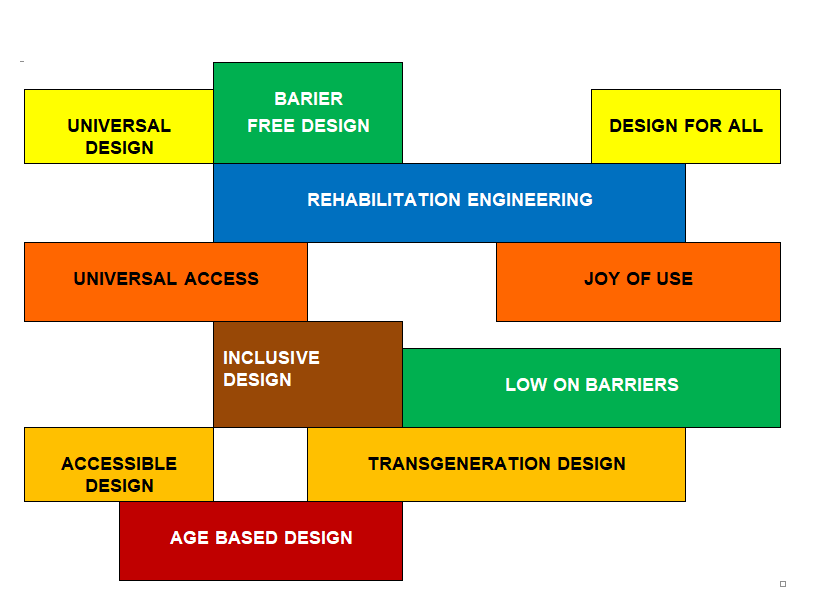In Europe we can see a change in the social structure in the last period. Average life expectancy has increased dramatically over the last 50 years. Because of the improved life situation and advanced level of health care, older people are slower. With advancing age, the likelihood of experiencing a variety of constraints such as visual impairment, reduced hearing or physical ability increases. In such a life stage tenants are often forced to leave their long-term living space because these homes can not serve "new" individual needs and the resulting personal protection goal. This transition from the privacy of their home to the new environment often appears to be a painful change. They will take their familiar and well-known surroundings, because their homes can not be adapted to serve new needs. It must be the policy’s role to create a new inclusive social space and the requirement for architects and designers to create new goals for the design of an adaptable environment. This is a comprehensive approach to the design of the outer and inner space that could serve people even if there is an unexpected situation and changes in movement and physiological limitations of older people. The contribution shows the results of the survey conducted in Germany and Slovakia. In the survey respondents expressed their opinion on what they considered important in creating an adaptive environment. Results are processed graphically with explanation. The results were mainly for designers and developers of the indoor environment. Based on the results of the questionnaire survey, studies of possible modifications in the interior of the flats were then prepared. The contribution yielded these results in three age groups of respondents; i. people aged 35, 50 and over 50.

